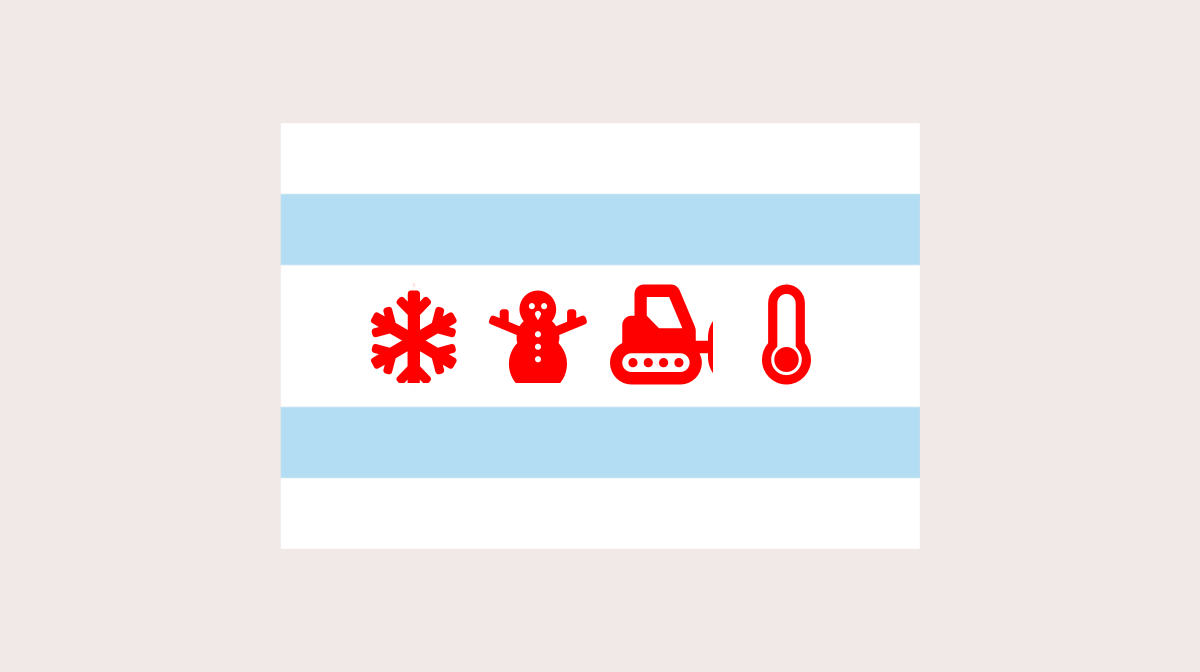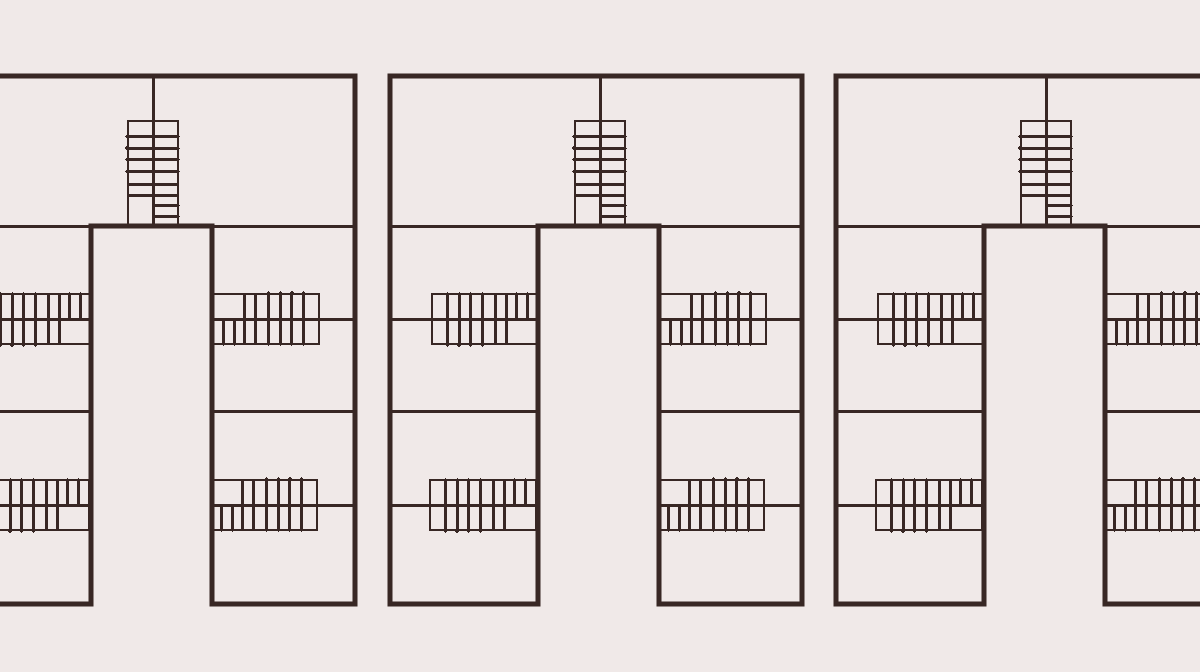There's a part two! Of course there's a part two. I wouldn't crack open a resource like the one I used last week and just dip a toe in. If I'm going in, I'm going for the deep dive.
Returning readers will know that last week I did a trial run of some new mapping software to plot out snow removal complaints received by Chicago's 311 non-emergency reporting service since the start of October. But the available information in the source I used actually goes back to December 18, 2018. Now that I am more comfortable with using Leaflet it's time to dig a little deeper through that data.
Single reports across two snowstorms are great and interesting but with a full year of data we can look for trouble spots that pop up over and over. After all, missing one snowstorm worth of shoveling isn't all that bad. We've all done it now and then. But failing to shovel for an entire winter is just plain rude.
It's time to find out which of those reports should actually be points of concern for renters and buyers looking to move to a new area of the city. Today we'll be culling through the reports in the portal to find the real snow shoveling scofflaws. Continue reading Mapping 311, Part 2: Chicago’s Worst Shoveling Scofflaws




